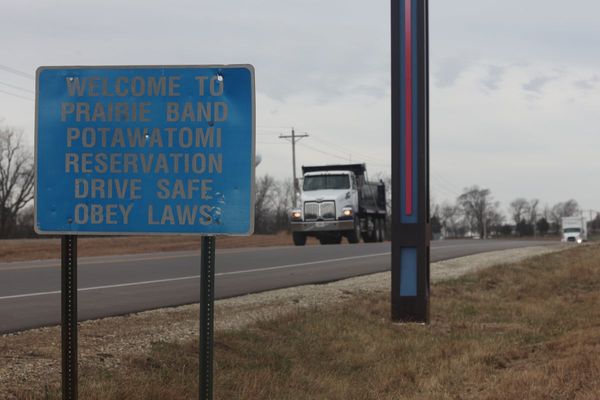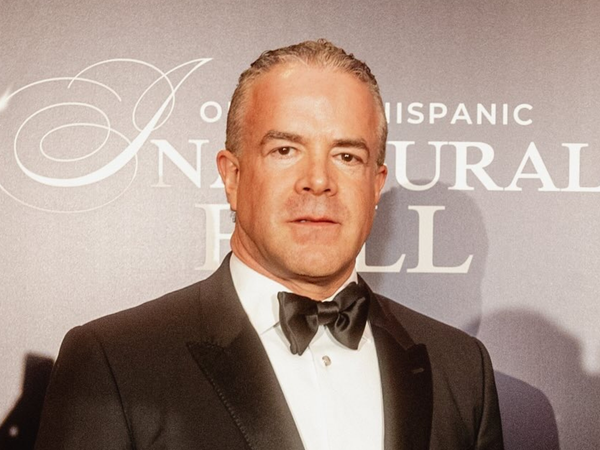
Australia’s environment minister, Murray Watt, has backed the creation of “no-go zones” where development will be banned in some places under a revamped nature law, but said Tasmania’s remote Robbins Island – the site of a contentious windfarm proposal – does not qualify.
Watt this week said the Albanese government would accelerate its plan to overhaul the Environment Protection and Biodiversity Conservation (EPBC) Act so that legislation was introduced to parliament this year, sooner than previously suggested.
He has promised the changes would improve nature protection by introducing environmental standards against which developments are measured, lead to faster decisions by “removing duplication” and boost transparency. The legislation would also create a national environmental protection agency (EPA).
But the details of the overhaul, the EPA’s design and the government’s planned path to get the changes through parliament – whether with the support of the Coalition or the Greens – have yet to be revealed. Government reviews have repeatedly found the existing laws are failing nature.
Speaking on Friday, Watt said the government supported the “concept of no-go zones” as a “good way to help deliver the fast ‘yesses’ and fast ‘nos’ that businesses are looking for”.
“Of course, more than anything, it delivers greater environmental protection by establishing at the very beginning of a process areas where activity cannot happen,” he told Guardian Australia.
Watt confirmed the government would drop the “nature positive” name that his predecessor, Tanya Plibersek, used to describe her plan to revamp the EPBC Act in the last parliamentary term. Under this label, Plibersek was on the brink of a deal with the crossbench last year to create an EPA before the prime minister, Anthony Albanese, intervened to scupper the agreement after industry pressure from Western Australia.
Sign up: AU Breaking News email
Internationally, nature positive has been defined as halting and reversing nature loss by 2030 measured against a 2020 baseline and achieving “full recovery” by 2050. It would require retaining existing natural ecosystems and restoration work on damaged and lost nature areas.
Watt said the government was dropping the term because his experience suggested people did not understand what it meant, but had not abandoned the idea. “We need to communicate these concepts in ways that the average person relates to, but we absolutely remain committed to the principle of not just protecting and reducing environmental damage, but restoring our environment. That will be a central principle in the reforms,” he said.
Watt was applauded by industry but criticised by some conservationists on Friday for approving the Robbins Island windfarm in north-western Tasmania. Birdlife Australia had called for the area to be declared a “no-go site” because it is an important feeding site for migratory shorebirds, and for the critically endangered orange-bellied parrot and the endangered Tasmanian wedge-tailed eagle.
The minister said “having reviewed the scientific evidence” the government did not believe Robbins Island qualified as a no-go site, and had instead attached 88 conditions to the windfarm’s approval that the proponent, Acen Australia, must meet. The conditions included conducting parrot surveys for three years before construction can begin, and developing and implementing a plan to evaluate and manage the risk of birds flying into turbines.
Watt said Australia needed more renewable energy and dismissed objections from the former Greens leader Bob Brown, a sharp critic of the Robbins Island development, arguing he opposed “any major development that is sought to occur in Tasmania”.
Christine Milne, another former Greens leader and a patron of the Bob Brown Foundation, said “of course” the country needed more renewable energy, but the environmental impact of the Robbins Island windfarm on birds and Tasmanian devils would be too great. She said she had “zero confidence” in the conditions Watt had imposed on the project.
“This is a disaster for the Tasmanian environment and for threatened species,” she said.







